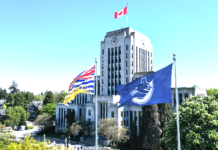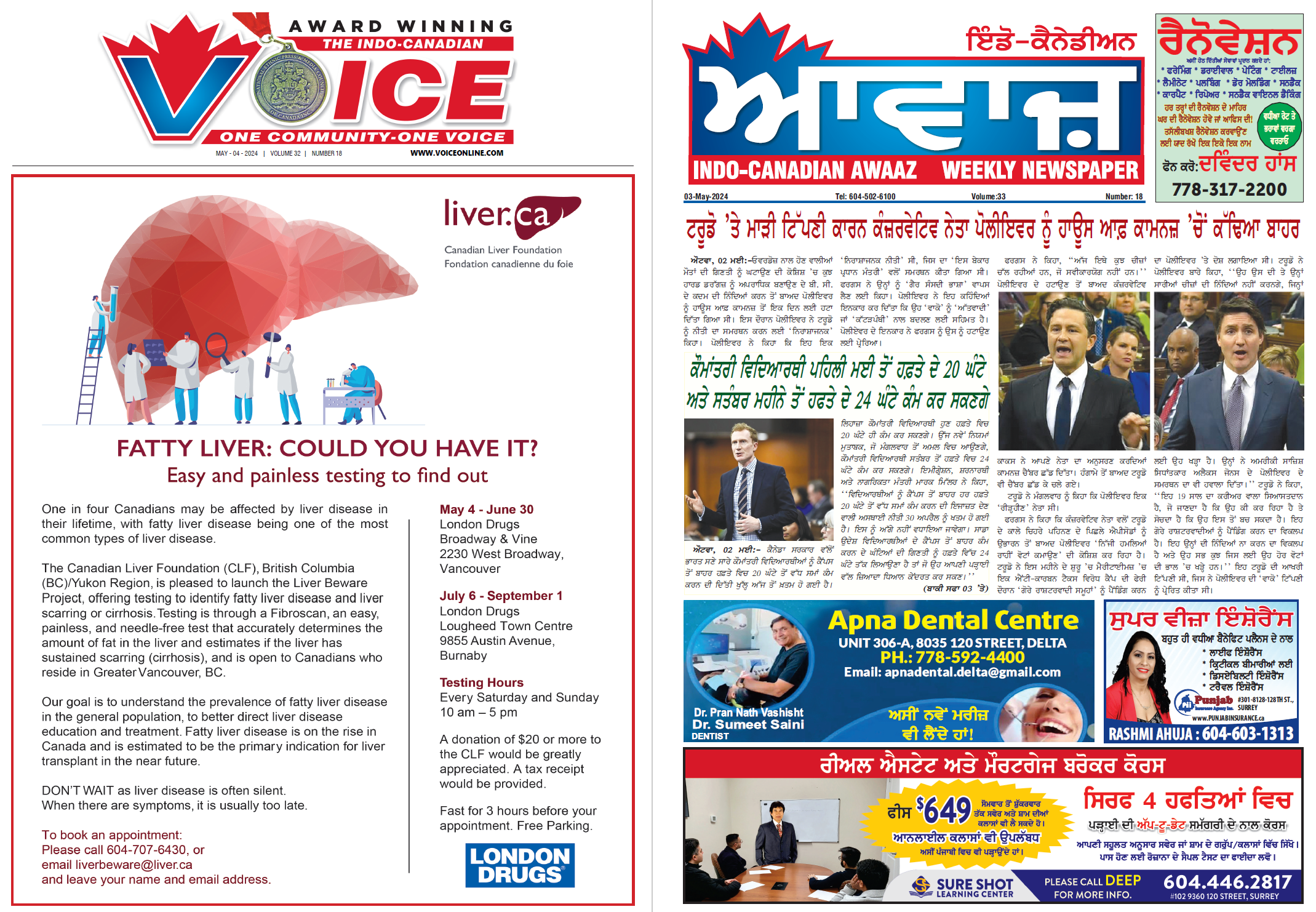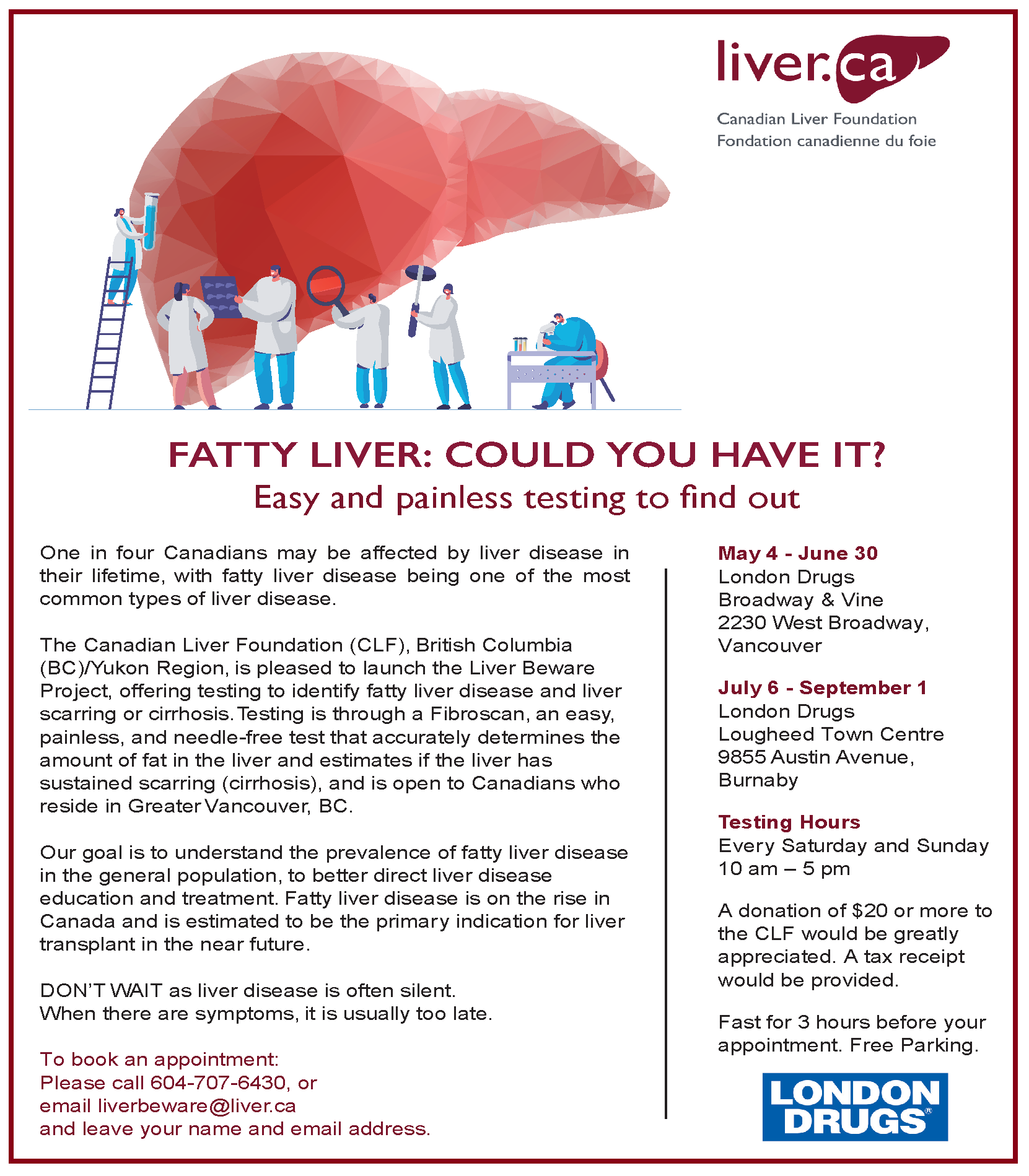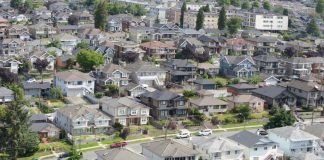BUILDING a laneway house in Vancouver just became easier with the introduction of the interactive digital Project Requirements Exploration Tool (PRET), which allows applicants to research and understand all regulations and requirements associated with their site.
Launched last month, as part of the City’s efforts to improve the permitting process, the first iteration of PRET’s digital features helps applicants in residential, single-family zones explore if a laneway house is allowed on the property, identify required permits and determine if construction of their laneway is feasible, all before they submit an application. PRET helps applicants ensure their projects are consistent with zoning requirements, which will significantly reduce the time required to process and issue those permits.
“We’re proud to unveil a digital permitting tool to simplify, speed up and modernize permitting,” said Vancouver Mayor Ken Sim on Wednesday. “By launching PRET for laneway homes we are taking an important step, bringing us closer to the 3-3-3-1 goals for permitting approval timelines and meeting the provincial housing targets, underscoring our all-hands-on-deck approach to getting homes built faster.”
VIDEO: Watch how PRET supports laneway home applications
As part of the launch process, the City invited frequent laneway house applicants to evaluate the interactive technology and provide feedback. Participants commended how the tool’s eligibility check and tailored list of required documents supported them in submitting complete permit applications.
“We are grateful to industry members who took part in testing the Project Requirements Exploration Tool (PRET),” said Andrea Law, General Manager, Development, Buildings and Licensing. “The City will continue to work with residents and businesses as we evolve PRET to include more project types in more zones in Vancouver.”
Residential Renovation Fast Track
To support homeowners, the Residential Renovation Fast Track stream issues permits within a week for simple residential renovation projects under $95,000. Projects eligible for these Fast Track permits include simple kitchen or bathrooms alterations; solar panels; plumbing or electrical updates; restoration work; and some accessibility upgrades. These expedited permits now account for 20 per cent of all renovation applications.
“Renovations are some of the most complex permits the City processes with great variability in scope and complexity,” said Corrie Okell, Director, Permitting Services. “Processing times for these types of residential renovations are the fastest we have seen in five years, and with more applicants using this simple process, we are optimistic this positive trend will continue.”
Ongoing work to improve permitting
To help streamline and simplify development permit applications, the City has implemented the following additional changes over the last few months:
- Simplified the regulations for low-density housing, including the elimination of many design requirements and consolidating nine separate zones into one new Residential Inclusive (R1-1) zone.
- Eliminated more than 150 engineering conditions previously required for many complex development projects and expanded the use of risk-based reviews for remaining conditions, which reduces staff review times by one-third.
Next steps
The City continues to implement changes to streamline permitting. Upcoming improvements in the near term include:
- Expanding PRET to include more project types and areas in Vancouver.
- Expanding the fast-track renovation permits to include commercial renovations.
- Further simplifying land use policies and guidelines, and recommending Council revoke several existing land use policies.
- Eliminating a significant number of additional development permit conditions.
- Expanding the auto-issuance of some sprinkler permits online.
In addition to this work, the City is advocating to the Province for statutory changes to simplify procedural requirements for rezoning so more projects may proceed without the need for rezoning.














